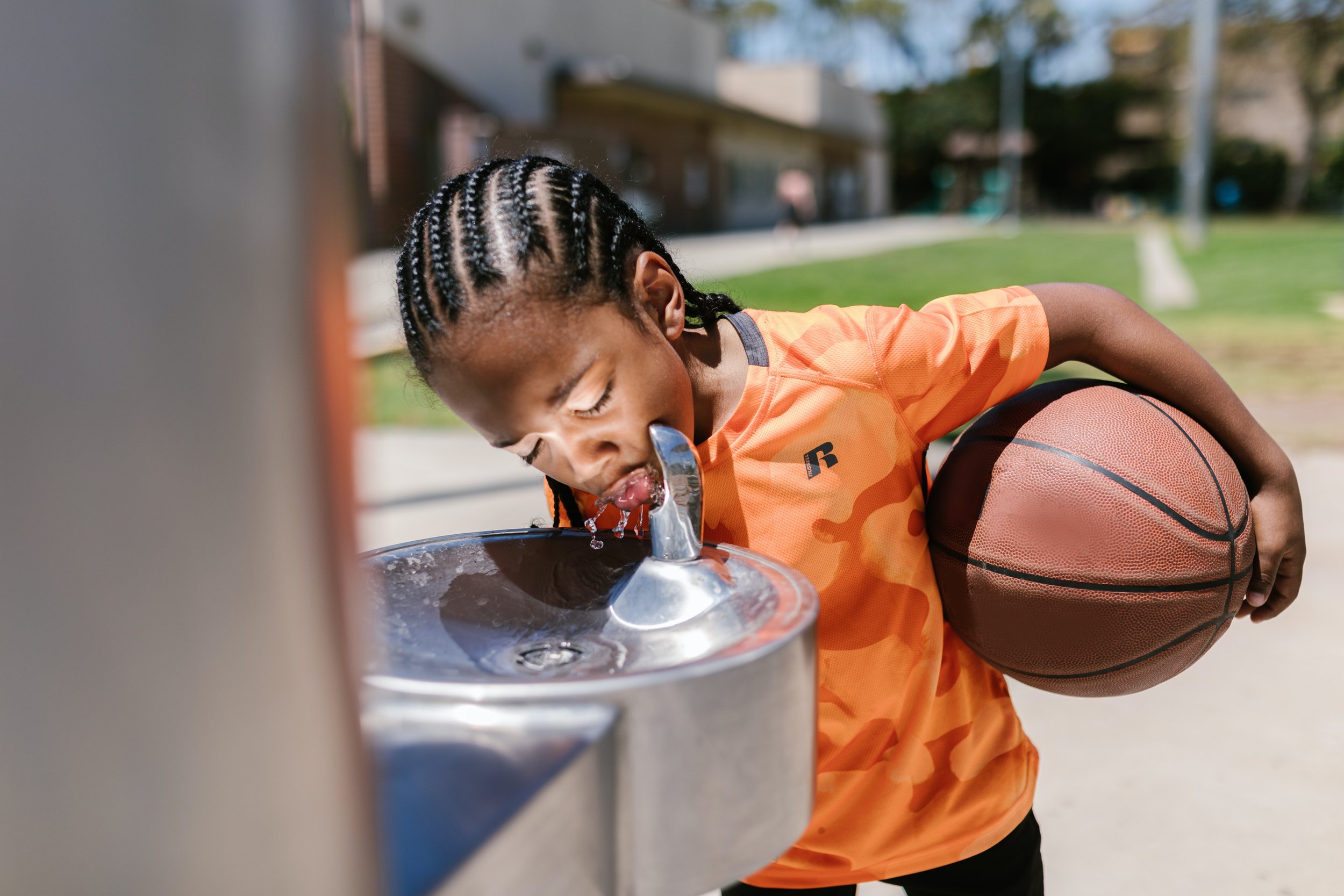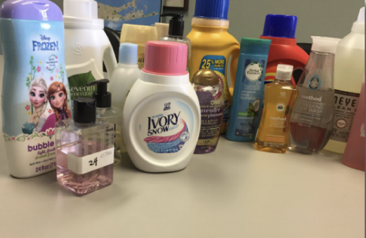CCE is working to educate Long Island community members on how they can participate in the Yale Superfund Research Center’s study, which is being funding by the National Institute for Environmental Health and Sciences
1,4-Dioxane is an emerging contaminant of concern found in drinking water throughout the nation, including water supplies in Long Island. In fact, water suppliers in Nassau and Suffolk Counties have reported the highest levels of 1,4-dioxane contamination in the nation. Research is needed to understand the impacts of 1-4-dioxane contamination on Long Island’s residents and communities.
Learn more about the Yale Superfund Research Center Study
The Yale Superfund Research Center is in the initial phase of further investigating 1,4 dioxane exposure on human health in Long Island communities through studies of exposure and health. Its initial community sites include Nassau and Suffolk Counties, where high levels of 1,4-dioxane have been previously found in public supplies and private wells. We are working to educate community members on how to participate in this drinking water and blood sample study (with incentives). Ultimately the goal is to enhance understanding by partnering with the community in its investigation and sharing results as widely as possible.
We need your help—get involved!
If you would like to learn more about 1,4-dioxane in your community, how to get involved in community action and education, and learn about the Yale Superfund Research Center’s research study, please sign up here to learn more! If you need assistance or have any questions, feel free to call us at 516-390-7150.
More info on 1,4-dioxane and the Yale Study
CCE co-hosted a Lunch and Learn virtual forum with Yale University on 1,4-dioxane contamination on Long Island and the new study. Check out the video to learn:
The latest science on drinking water and health impacts of 1,4-dioxane
More information on the large quantities of 1,4-dioxane in popular products
The new partnership between Yale and CCE and the health study to begin this year for Long Islanders
In case you missed it, check out Newsday’s great coverage of recent exemptions for hidden carcinogen 1,4-dioxane in consumer products and the Yale health study on Long Island.
Additional Background on 1,4-Dioxane
What is 1,4-dioxane and why should I be concerned?
1,4-Dioxane, known as one of the “forever chemicals,” is an emerging contaminant of concern found in drinking water throughout the nation, including water supplies in Long Island. Past industrial practices that discharged 1,4- dioxane into the ground and eventually seeped into the Long Island aquifers have contaminated our public water supplies and private wells. The EPA has established that 1,4-dioxane is likely carcinogenic to humans. Exposure to this chemical is linked to tumors of the liver, gallbladder, nasal cavity, lung, skin, and breast.
Is there 1,4-dioxane in my community?
The Environmental Protection Agency (EPA) tested 4,400 water supply systems nationwide and Long Island was found to have some of the highest levels of 1,4-dioxane detection in the US, with some water systems in both Nassau and Suffolk containing levels over 100 times the EPA’s cancer risk guideline of 0.35 parts per billion (ppb). View CCE’s interactive map that shows the highest detections of 1,4-dioxane in each water district/distribution area across Long Island.
Exposure to 1,4-dioxane most likely occurs through drinking contaminated water, however, it may also be inhaled or absorbed through skin. 1,4-Dioxane is also found in everyday products, not as an additive or enhancer, but rather as an unwanted byproduct of the manufacturing process. CCE conducted independent testing of common household products and found 1,4-dioxane in 80% of personal care products, including baby products, shampoos, body wash, dish soaps and laundry detergents.
What is New York doing about 1,4-dioxane? Is there more to be done?
New York is a leader in combatting 1,4-dioxane and currently has the strictest enforceable drinking water standard in the nation at 1 ppb. Water suppliers are required to remove this emerging contaminant and many Long Island water suppliers have already invested in and installed Advanced Oxidation Process (AOP), a technology designed for the removal of this carcinogen. New York State is also a leader in banning 1,4-dioxane in personal care products. A law passed in NY requires manufacturers to reduce 1,4-dioxane down to 2 parts per million (ppm) by January of 2023 and down to 1 ppm or below by 2024.
There is more to be done! Long Islanders have been exposed to this harmful chemical for decades. 1,4-Dioxane is still unregulated at the federal level and EPA says more research is needed on the environmental and human health impacts of exposure to fully understand the long-term impacts of 1,4-dioxane.
Thank you for taking action!
Sincerely,
Your friends at CCE



